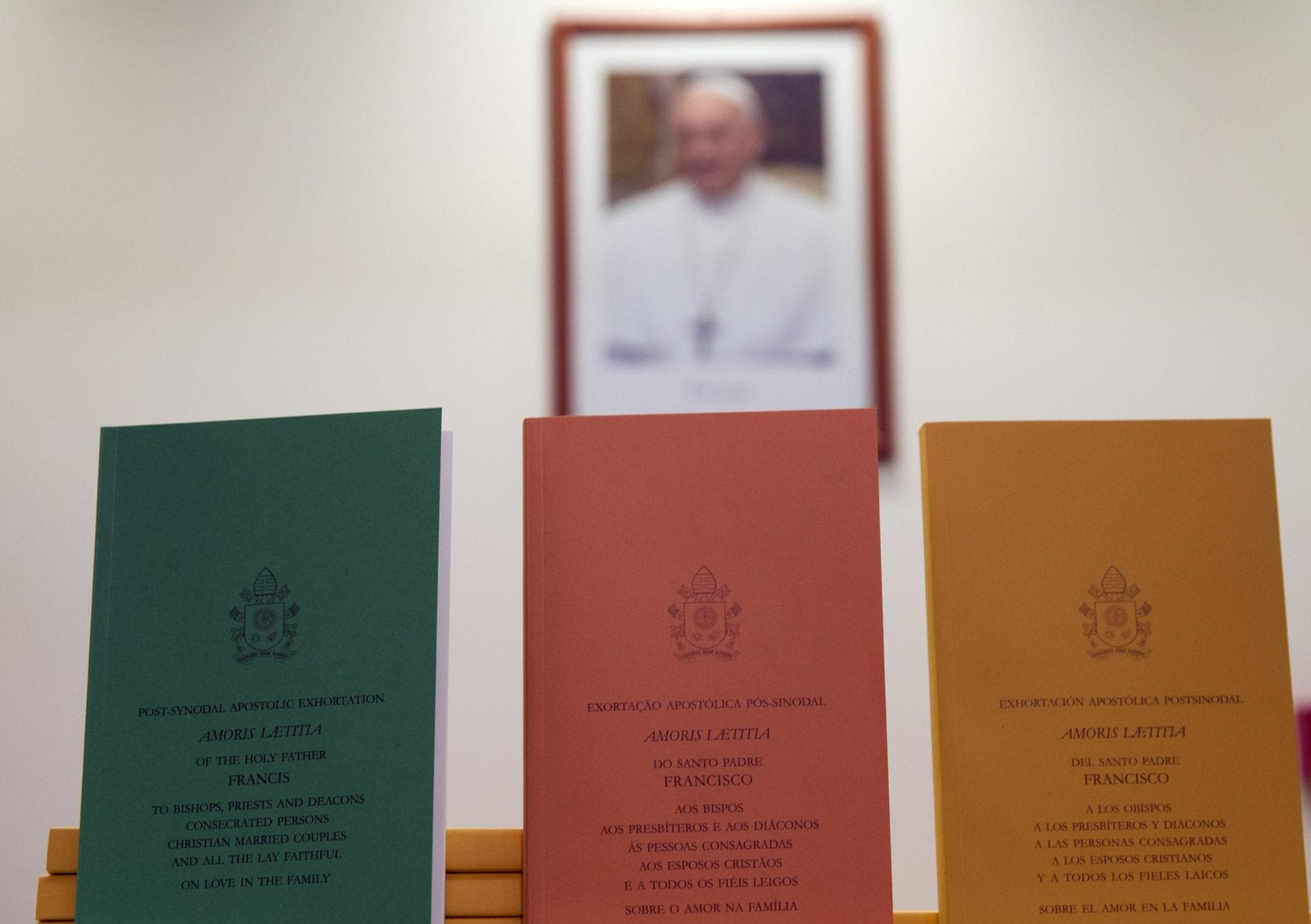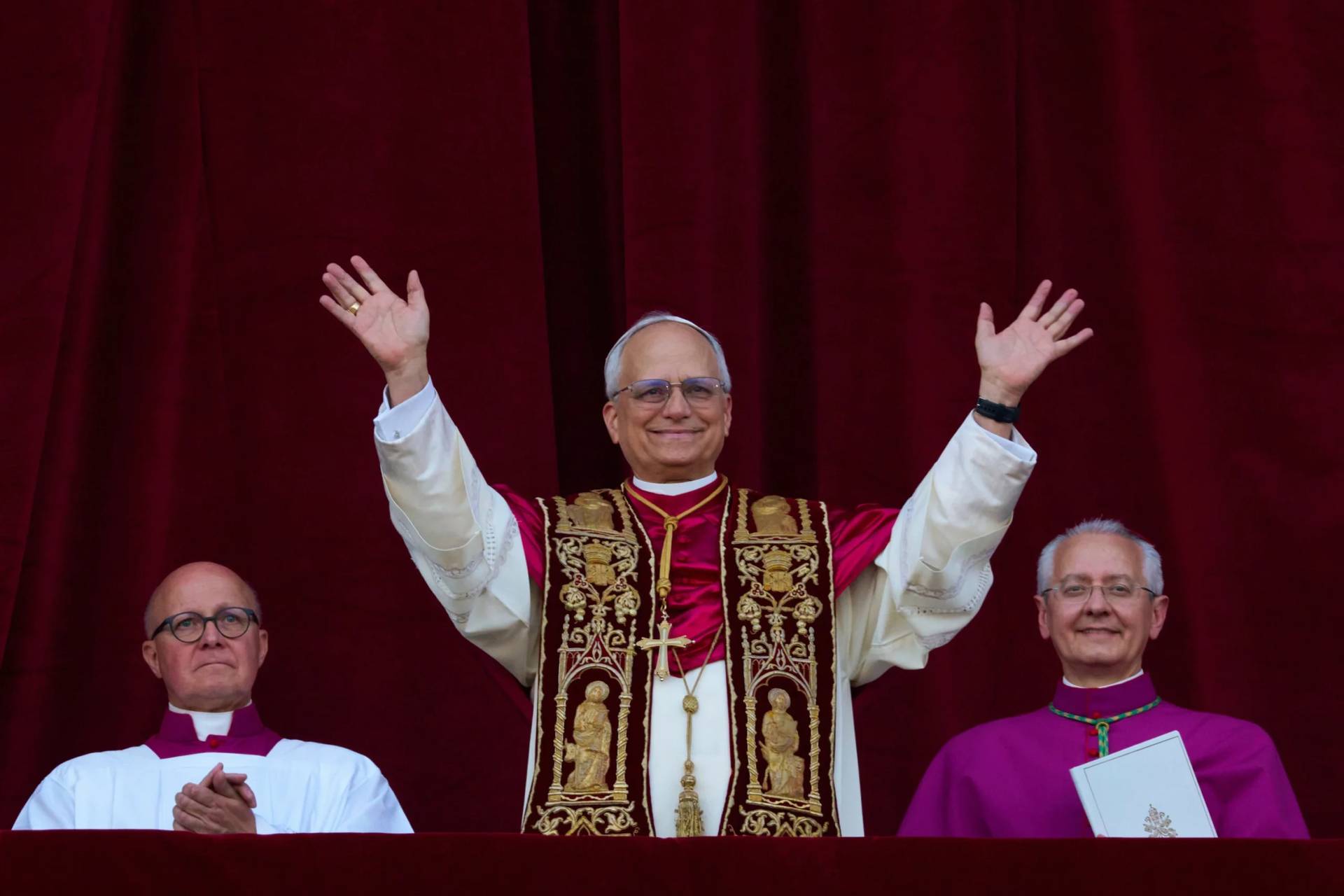To be sure, there’s plenty of text in Pope Francis’ sweeping new document on the family, titled Amoris Laetitia, which was released by the Vatican on Friday. It runs to 60,000 words and 264 pages in the English version, making it a whopper.
Yet from a news point of view, perhaps the most fascinating – and certainly the most controversial – parts of the document come not in the text, but in the footnotes.
Numbers 336 and 351 in Amoris Laetitia may go down as among the most famous footnotes in papal history, since that’s where the key language occurs about how discernment in cases of divorced and civilly remarried Catholics could lead to a change in their ability to receive the sacraments.
If the devil is always in the details, in the case of Amoris Laetitia, one might say, the fireworks are in the footnotes.
In that spirit, here’s four additional footnotes to the pope’s document. They’re points that more or less got lost in the early round of reaction, but which nevertheless seem revealing – either by their inclusion in the document, or their omission.
The footnotes are in no particular order, and with no pretense of adding up to a comprehensive narrative.
Abuse scandals
Given the way that clerical sexual abuse scandals in various parts of the world have damaged the Church’s image and moral authority, precisely in terms of its care for children and families, it’s striking that there’s only one clear reference to those scandals in Amoris Laetitia.
“The sexual abuse of children is all the more scandalous when it occurs in places where they ought to be most safe, particularly in families, schools, communities and Christian institutions,” the pope writes in paragraph 45.
Sexual exploitation of children comes up five other times in the document, but in the context of abusive parents or wider social ills rather than anything specifically to do with the Church.
Critics already skeptical of Pope Francis’ resolve on the anti-abuse front may find that a worrying omission.
Others, however, may conclude the pontiff is indirectly suggesting that abuse hardly occurs only in the Church, and that an undue focus on its failures can become a distraction from addressing the wider social challenges.
Deacons
In chapter six, Pope Francis addresses some concrete pastoral steps that can be taken to support families. Among other things, he highlights the need for better formation for clergy.
Francis suggests that Western Christianity might have something to learn from the East in this regard: “The experience of the broad oriental tradition of a married clergy could also be drawn upon,” he writes.
What’s interesting is that the Catholic Church already has its own in-house corps of married clergy.
Aside from the priests of the 22 Eastern churches in communion with Rome, as well as married former Anglican and Lutheran ministers, there’s also roughly 45,000 permanent deacons in the Catholic Church around the world, most of whom are married and have families.
Oddly, Francis mentions deacons earlier in the same paragraph, but never points out that their experience of marriage and family life could be a valuable resource for a ramped-up formation effort.
Of course, many deacons have long felt like the “forgotten clergy” of the Church, so this probably won’t strike them as anything new, but it does seem there’s real potential for deacons to take on stronger and more visible roles as “ministers to the family.”
MLK and Bonhoeffer
Since the document contains 264 pages and 391 footnotes, it’s inevitable that a lot of people get quoted in Amoris Laetitia.
During a Vatican news conference on Friday, for instance, Cardinal Christoph Schönborn of Vienna voiced some healthy Dominican pride at how reliant Francis is on St. Thomas Aquinas throughout the text. The Jesuit pope cites the famed Dominican theologian 14 times.
(Wags might say that if Francis can close the gap between those historic rivals, maybe there’s hope for covering today’s intra-Catholic divisions too.)
For Americans, it’s noteworthy that the lone voice from the United States to make an appearance in Amoris Laetitia is Martin Luther King, Jr.
Francis’ quotation from a 1957 sermon by King runs to a full page, culminating with the line that “somebody must have religion enough and morality enough to cut it off and inject within the very structure of the universe that strong and powerful element of love.”
Taken in tandem with the fact that Francis included King in his set of four all-time great Americans in a speech to the U.S. Congress last September (the others being Abraham Lincoln, Dorothy Day and Thomas Merton), it seems clear the pontiff sees King as embodying the best of American culture.
It’s also striking that the pontiff quotes German theologian Dietrich Bonhoeffer, so together with King that’s two famed Protestants being lifted up by the Catholic pope.
Francis v. Hallmark
According to Hallmark, approximately 131 million greeting cards are exchanged every year on Valentine’s Day, making it the second-largest annual occasion for selling cards. Also, according to the National Retail Federation, the average person celebrating Valentine’s Day spent nearly $142 in 2015.
The Hallmark corporation may want to think about dropping a preemptive greeting card as a peace offering to Francis right now, because it looks like he’s coming after them.
In paragraph 208 of Amoris Laetitia, the pontiff discusses various social and cultural forces that can help married couples, and ends by mentioning traditional religious practices.
“To give just one example, I think of Saint Valentine’s Day,” he said. “In some countries, commercial interests are quicker to see the potential of this celebration than are we in the Church.”
It sounds as if Francis would like to see the Church wrest control of Valentine’s Day back from the greeting card, floral and chocolate industries … and if so, the tumult we saw at the two Synods of Bishops leading up to Amoris Laetitia may seem like nothing compared to the real showdown to come!















